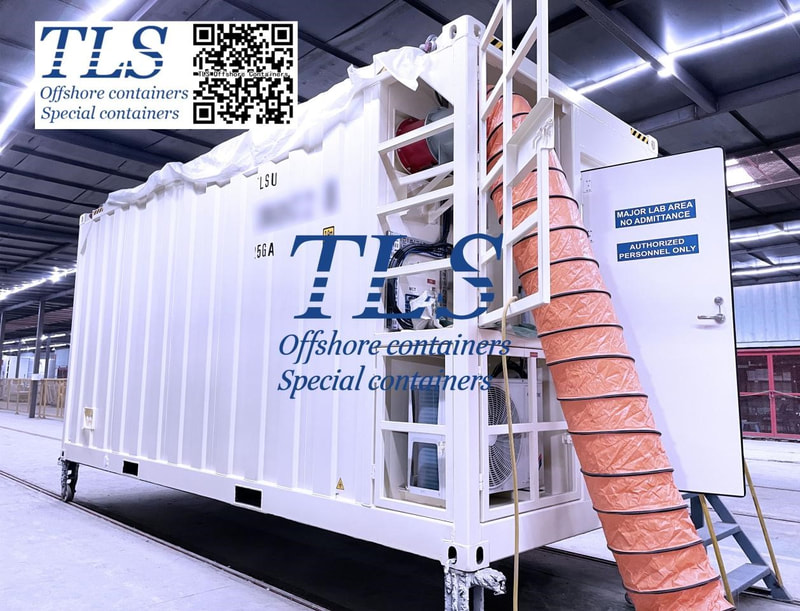|
In a laboratory, it is essential to maintain a controlled environment to ensure accurate results and prevent the contamination of samples. One of the ways to achieve this is by using a container with negative pressure. Negative pressure, also known as a vacuum, is a process that reduces the air pressure inside a container to a level that is lower than the outside atmospheric pressure. Negative pressure is created using a mechanical device, such as a vacuum pump, that removes the air molecules from the container. The vacuum pump creates a vacuum by reducing the pressure inside the container below the pressure outside the container. This creates a pressure differential, which forces air from outside the container to flow into the container, and not the other way around. Negative pressure is often used in laboratory containers to prevent the release of hazardous materials or biological agents. This process is called containment. A container with negative pressure can prevent the release of harmful substances by ensuring that the air pressure inside the container is lower than the pressure outside. This prevents the air from flowing out of the container and carrying the hazardous material with it. In addition to containment, negative pressure is also used in laboratory containers to prevent contamination. Contamination can occur when particles, such as dust or microorganisms, enter the workspace and settle on surfaces or samples. Negative pressure can prevent contamination by pulling in clean air from outside the container and filtering it before it enters the workspace. This creates a clean environment that is free from contaminants. Negative pressure can also be used in laboratory containers to control the temperature and humidity of the workspace. The vacuum pump can remove moisture from the air, which can prevent the growth of microorganisms. This can be particularly important in a laboratory where humidity can impact the outcome of experiments. In conclusion, negative pressure is a critical component of laboratory containers. It is used to contain hazardous materials, prevent contamination, and control the temperature and humidity of the workspace. A laboratory container with negative pressure can create a controlled environment that is essential for accurate results and the safety of laboratory personnel. Understanding how negative pressure works is an essential part of laboratory safety and experimentation. Written by OliverComments are closed.
|
Archives
July 2024
Categories
All
|
- Home
-
Containerised solutions
- Intelligent pressurised container | MUD logging cabin
- Battery energy storage system (BESS) container
- Flexible grid tied battery storage system
- Laboratory container | workshop container | Equipment containers
- Temporary refuge shelter | Toxic gas refuge | Safe haven
- Offshore accommodation cabin | office container
- Reefer container | Refrigerated container
- Intelligent waste water treatment container
- Fresh water generator container
- Cargo Containers
- Product photos & videos
- News & Blogs
- Contact us
|
Featured products
Intelligent pressurised container Temporary refuge (TR) shelter, toxic gas refuge (TGR) Battery energy storage system (BESS) container Containerised waste water treatment plant Fresh water generator container Reefer container Laboratory container, Workshop container Accommodation container Offshore closed container |
All Rights Reserved 2020 © TLS Offshore Containers / TLS Energy
|


